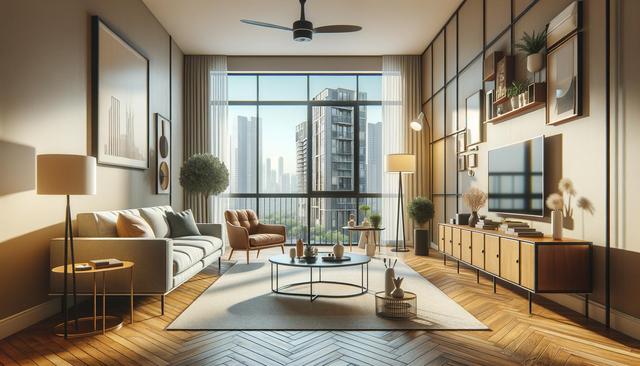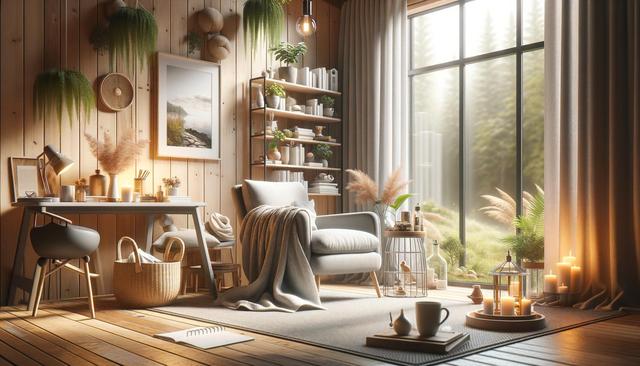Understanding Your Rental Needs
Before diving into the apartment rental process, it’s essential to clearly identify your needs and preferences. This step helps narrow down your options and saves time when browsing listings or scheduling viewings. Consider factors such as location, budget, size, and proximity to work or school. Also, determine what amenities are important to you, such as parking, laundry facilities, or pet-friendliness. By setting your priorities early, you can focus on apartments that align with your lifestyle.
Here are some questions to ask yourself before starting your search:
- How many bedrooms and bathrooms do I need?
- What is my maximum monthly rent?
- Do I need access to public transportation?
- Am I willing to compromise on space for a better location?
Knowing the answers to these questions helps you create a checklist for viewings and avoids wasting time on unsuitable options.
Budgeting and Financial Considerations
One of the most critical aspects of apartment rental is budgeting. It’s not just about affording monthly rent; you also need to account for other costs such as utilities, internet, renter’s insurance, and initial fees like security deposits and application charges. Typically, financial advisors recommend spending no more than 30% of your monthly income on rent. This guideline helps ensure you have enough funds for other essential expenses.
Common financial responsibilities when renting an apartment include:
- First and last month’s rent
- Security deposit (often equal to one month’s rent)
- Utility bills (electricity, gas, water)
- Optional amenities (parking, storage, gym)
Planning ahead and understanding all associated costs can prevent financial stress down the line and help you make a more informed decision.
Apartment Hunting Tips and Tools
With your priorities and budget in mind, it’s time to begin the search. Online platforms are a great place to start, offering filters to specify your preferences. However, don’t underestimate the value of walking or driving through neighborhoods you’re interested in—some rental opportunities are advertised locally and may not appear online. Social media and community bulletin boards can also be useful resources.
When browsing listings, be cautious of deals that seem too good to be true. Always verify the legitimacy of the listing and avoid sending money before seeing the apartment in person. Additionally, schedule multiple viewings to compare properties and neighborhoods. During visits, take note of the apartment’s condition and ask the landlord about maintenance procedures, lease terms, and included utilities.
Lease Agreements and Legal Aspects
Signing a lease is a legally binding contract, so it’s important to read and understand all terms before committing. The lease outlines your rights and responsibilities as a tenant, including rent amount, due dates, duration of the lease, and rules regarding pets or subletting. If something is unclear, don’t hesitate to ask the landlord or seek legal advice.
Key elements to review in your lease include:
- Length of the lease term
- Renewal and termination policies
- Maintenance responsibilities (who handles repairs?)
- Penalties for late payments or early termination
Understanding your lease protects you from potential disputes and ensures that you’re aware of all your obligations and rights as a tenant.
Settling In and Maintaining a Good Relationship with Your Landlord
Once you’ve secured an apartment, the next step is transitioning smoothly into your new home. Start by documenting the condition of the unit during move-in using photos or a checklist. This can safeguard your security deposit when it’s time to move out. Make sure to set up essential services like utilities, internet, and renters insurance promptly.
Maintaining a respectful and communicative relationship with your landlord can enhance your rental experience. Report maintenance issues promptly, follow lease guidelines, and give proper notice if you plan to move. Being a reliable tenant not only helps you in your current lease but can also serve as a positive reference for future rentals.
Moving into a new apartment is also a good opportunity to establish routines and personalize your space. Simple additions like curtains, rugs, or wall art can make your rental feel like home without violating lease terms.




Leave a Reply